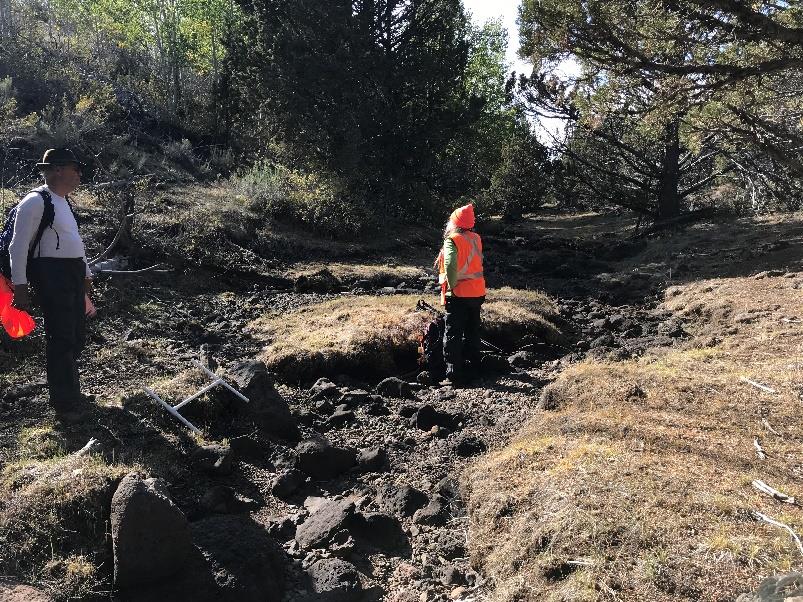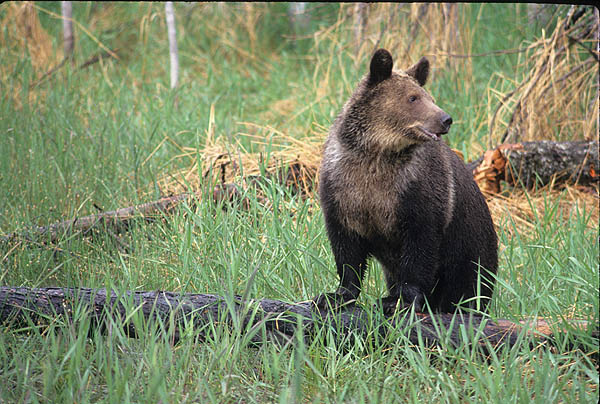Public Lands
-
Cattle grazing Mojave National Preserve, CA. Photo by George Wuerthner The 1964 Wilderness Act requires federal agencies to protect and manage designated wilderness areas “to preserve its natural conditions.” Given that all domestic livestock are exotic alien animals and hardly contribute to “natural conditions,” one might assume that livestock production would be prohibited in designated…
-
Ed. note: An earlier draft version of this post was inadvertently posted before final review. Please replace all prior copies with this final draft. Last summer, in a remote corner of the Bighorn Mountains of Wyoming, in the one spot with just a little cell reception, I sat in my car listening by phone to…
-
Western Watersheds Project, Alliance for the Rockies, and the Yellowstone to Uintas Connection are seeking to block the killing of up to 72 grizzly bears over the next 10 years on national forest land in the headwaters of the Green River. With the Yellowstone grizzly listed as a ‘threatened species’ under the Endangered Species Act,…
-
Note the lack of plant diversity on the left side of the path which was “treated” to “restore” the forest. Photos by George Wuerthner These two images display a recent example of a forest “restoration” project designed to improve the “health” of a ponderosa pine forest. The area to the left of the path was…
-
Pronghorn in Upper Green River Allotment, Bridger Teton NF, Wyoming. Photo by George Wuerthner A recent article in Wyofile by Argus Thuermer was full of quotes from the ranchers grazing the Upper Green River allotment on the Bridger Teton National Forest in Wyoming. https://www.wyofile.com/ranchers-grizzly-suit-imperils-rights-wildlife-migrations/ The Upper Green River grazing Allotment at 170,000 acres, is one…
-
Large old growth grand fir like this pictured could be cut if the 21-inch rule is discarded. Photo by George Wuerthner Old-growth fir trees in the Lookout Mountain Proposed Wilderness, Ochoco National Forest, Photo by George Wuerthner The Forest Service is proposing to remove the prohibition against logging trees larger than 21 inches that grow…
-
Juniper removal below Abert Rim, Oregon Photo by George Wuerthner The Bureau of Land Management (BLM) is now taking comments on a massive vegetation project for the Great Basin and adjacent areas of the Colorado Plateau. The PEIS for Fuels Reduction and Rangeland Restoration in the Great Basin (the Fuels Reduction and Rangeland Restoration…
-
One of the most outstanding wildlands on the Custer Gallatin National Forest is the 43,759-acre proposed Lionhead Wilderness. The Lionhead lies along the Continental Divide and rises up above Hebgen Lake near West Yellowstone. The Madison River and Quake Lake on the north, while Targhee Pass on the south and Raynold…


